Travel writers love Costa Rica. They rave about the biodiversity, the beaches and the surfing, the jungle and the animals, the ecolodges and the pura vida mindset. But the capital city, San José, doesn’t get a lot of attention from them. When this town of 340,000 is mentioned at all, it’s usually described as a place to pass through on the way to and from more interesting places.
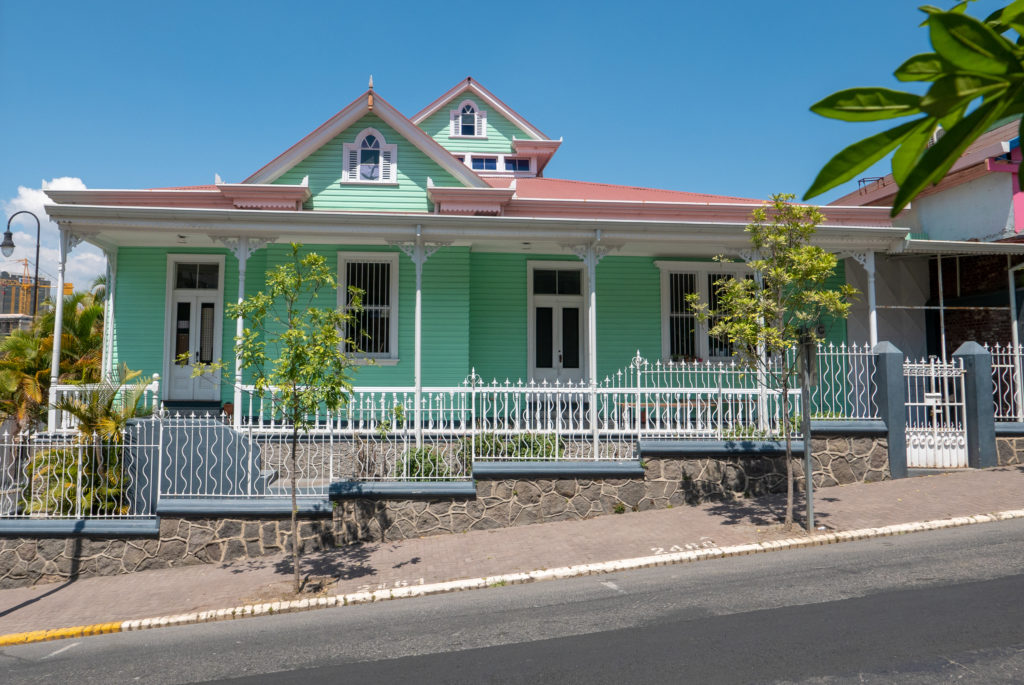
I wanted to see if that dismissive attitude was justified, so I paid a short visit there. I left convinced that San José doesn’t deserve its meh reputation. It’s true that it’s not a glitzy town. It doesn’t have the gleaming skyscrapers of Panama City or the socko Spanish colonial architecture of San Juan. Instead, it’s got the comfortable appeal of a city that feels lived-in and liveable.
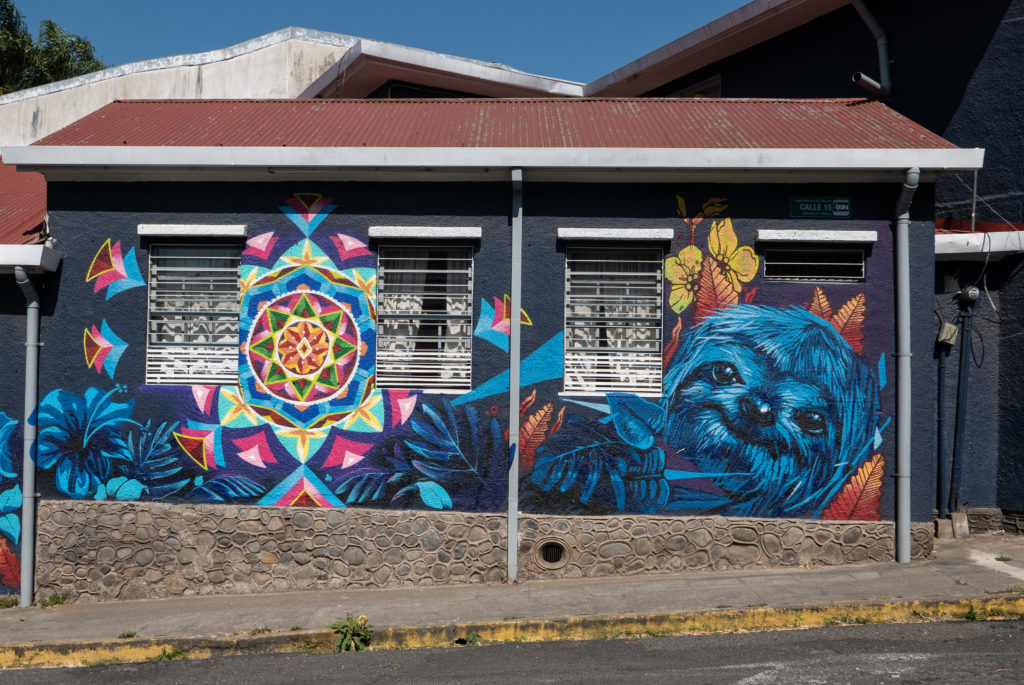
I was here:
As Latin American cities go, San José isn’t especially old. It was founded in 1736, but didn’t have a charter or a government until 1812. Compare that to Santo Domingo in the Dominican Republic, which was founded in 1496. Perhaps conscious of its relative youth, San José goes out of its way to remind residents and visitors that it has a past, albeit one that doesn’t stretch back as far as some of its neighbors. It does this chiefly through sculpture. I’ve never been in a town that has as many sculptures per square mile. The statues are generally of Costa Rican men who are unfamiliar to me, but were the leading lights of this small country in their day.
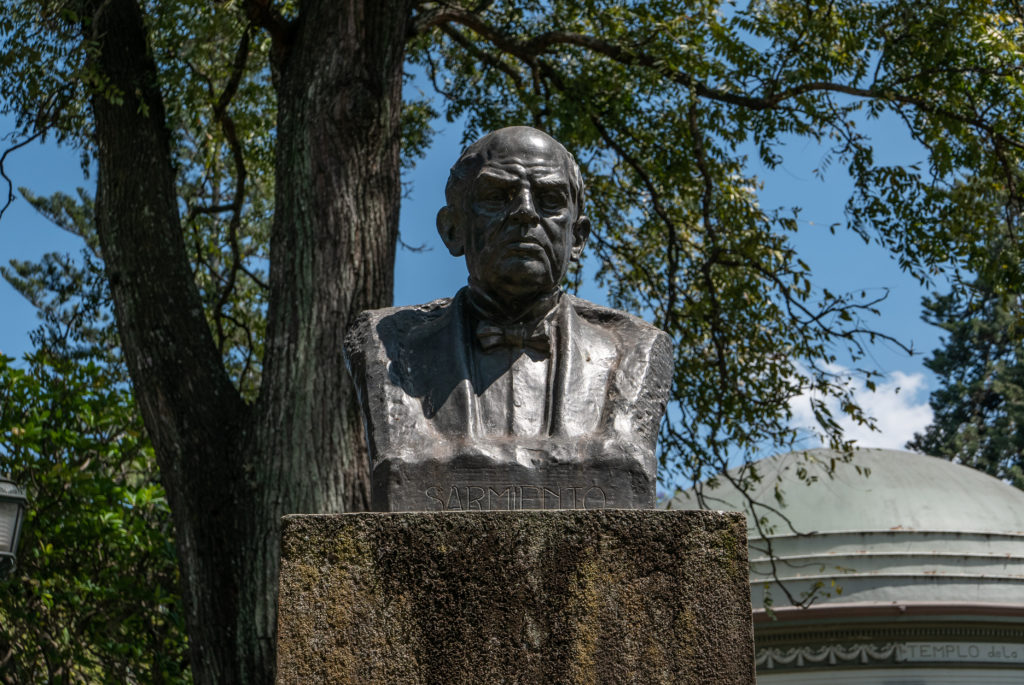
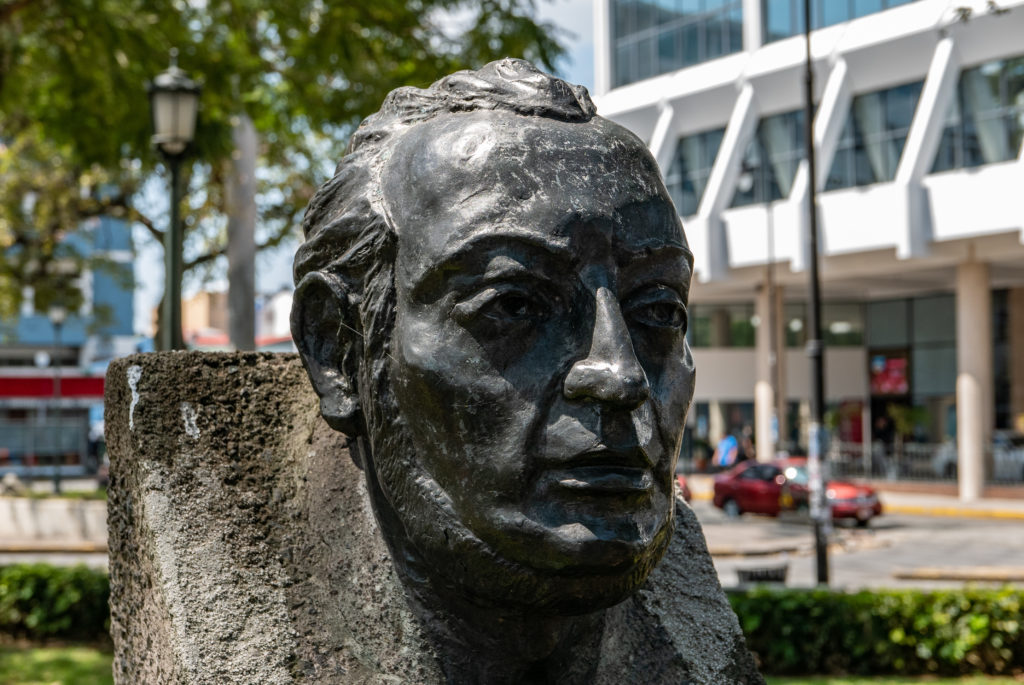
Some of the statues have been, shall we say, edited: “In 1502, the pirate Columbus arrived.”
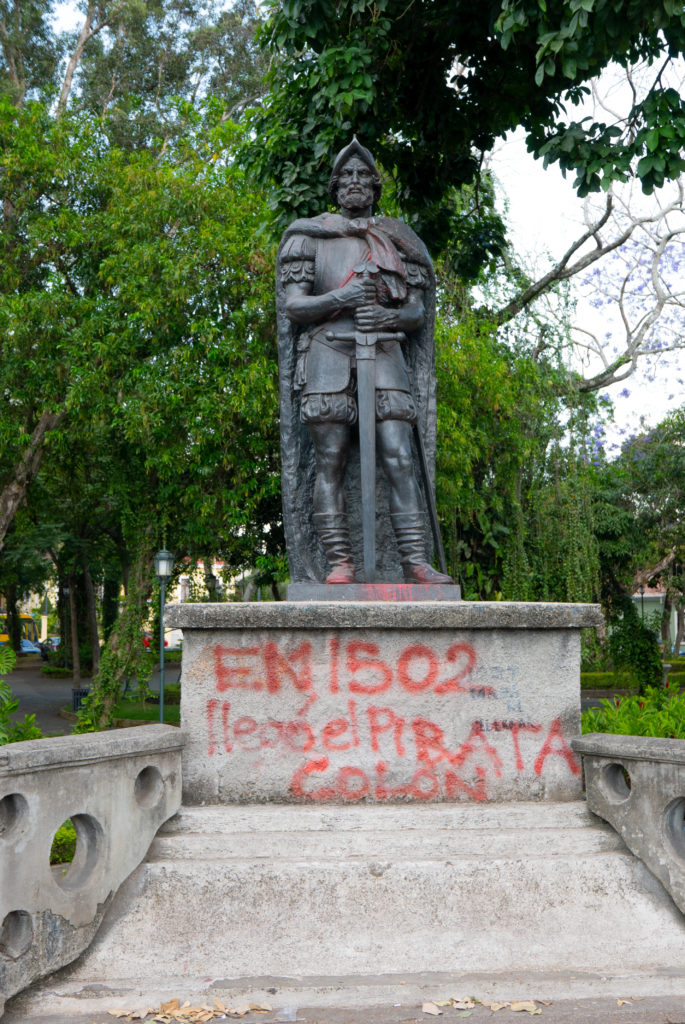
I stayed in Barrio Amón, one of the older parts of the city. The place is named for Amon Fasileau-Duplantier, a French coffee and real estate developer who lived there in the late 19th century. Unsurprisingly, some parts of the neighborhood have a distinctly Belle Époque feel.
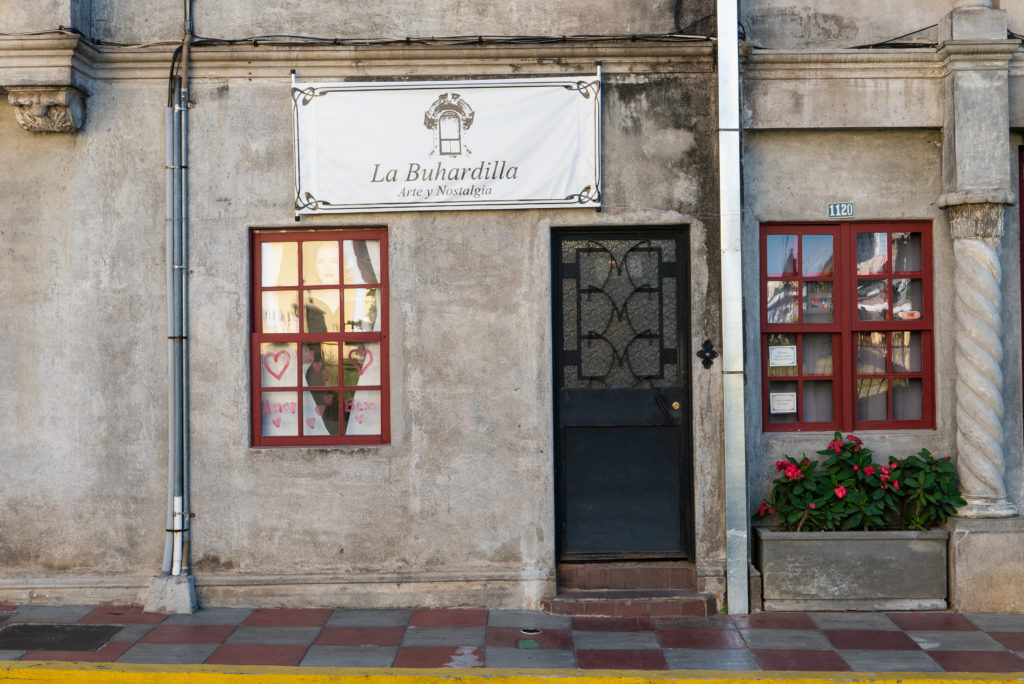
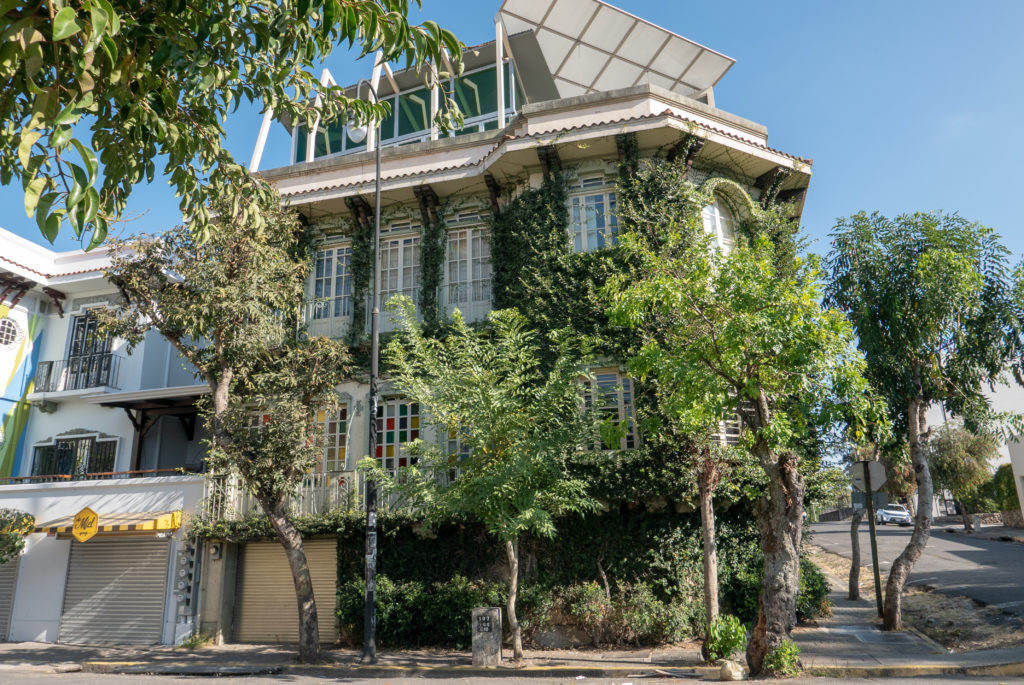
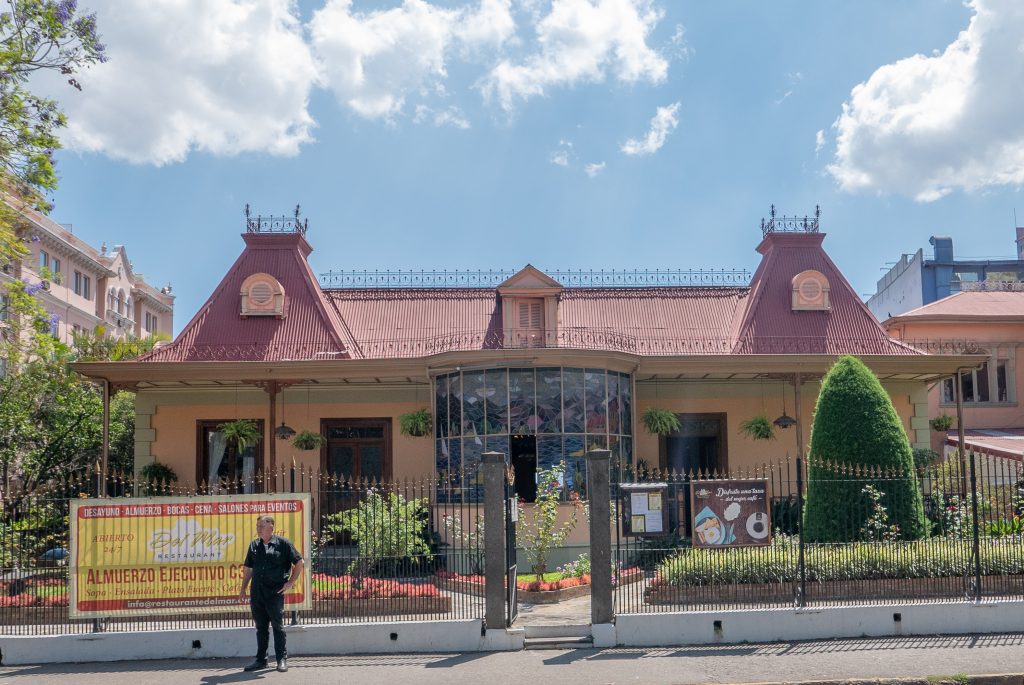
The neighborhood is home to three lovely urban parks, Parque Morazán, Parque España, and Parque Nacional. These well-designed spaces display Costa Rica’s rich ecological endowments and attract both travelers and locals. They’re situated so that pedestrians getting from place to place can’t help but walk through them — a subtle effort by the urban planners of old to force city dwellers to have contact with nature every day.
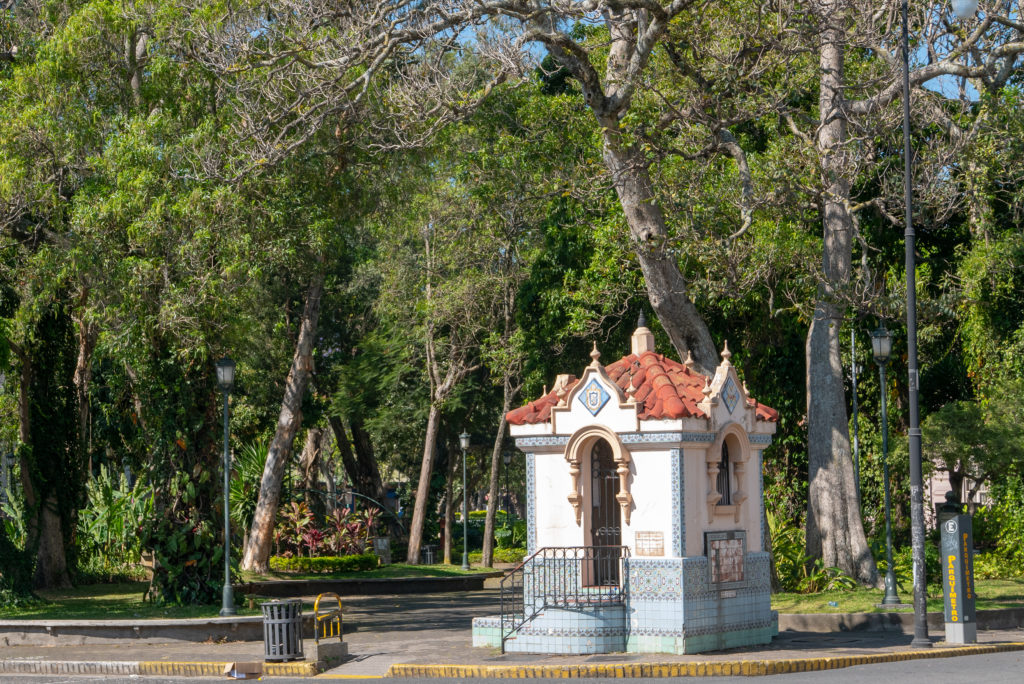

One of the reasons I chose to stay in Barrio Amón was that I’d hoped to visit The Hemingway Inn. As I look back on my travels, I see I’m developing a habit of scoping out the digs of famous authors: Franz Kafka’s house in Prague, Gabriel Garcia Marquez’s mansion and favorite watering holes in Cartagena, and Arthur C. Clarke’s place in Colombo, Sri Lanka. So naturally I wanted to see the place where Papa stayed while he was in San José. Also, the inn’s proprietor, Dennis Hambright, wrote a fine guidebook about the city and I wanted to meet him. Unfortunately, while the building still stands, the inn itself is no longer in business. I contented myself with wandering around the outside of it and imagining Hemingway coming and going.
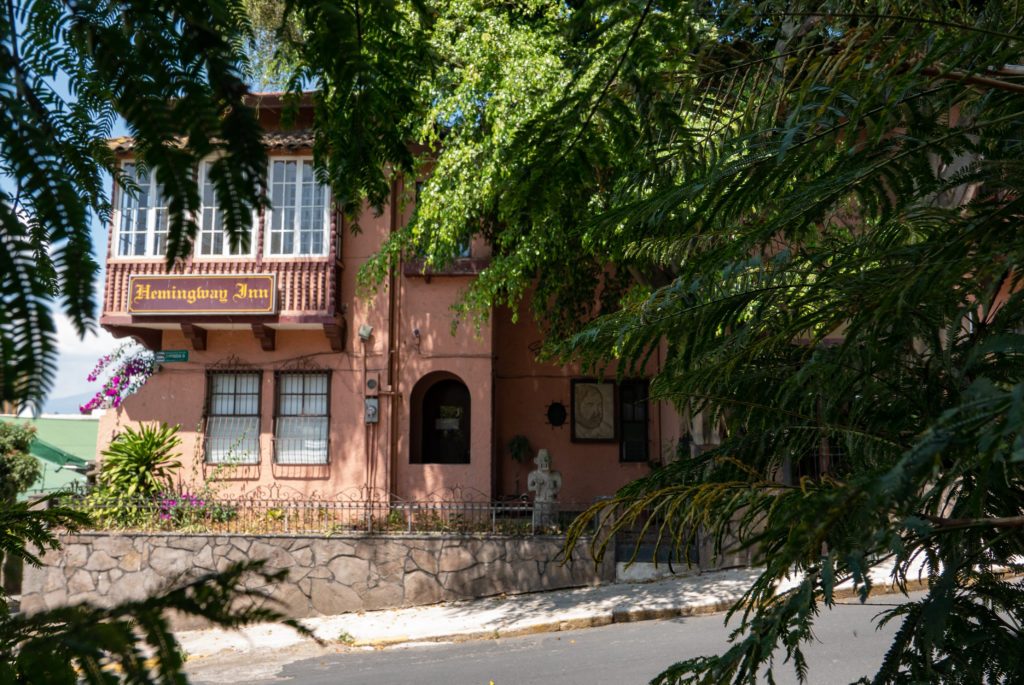
Barrio Amón is a graceful, gentle place. Even the neighborhood stripjoint and massage parlor are nice-looking, as such establishments go.
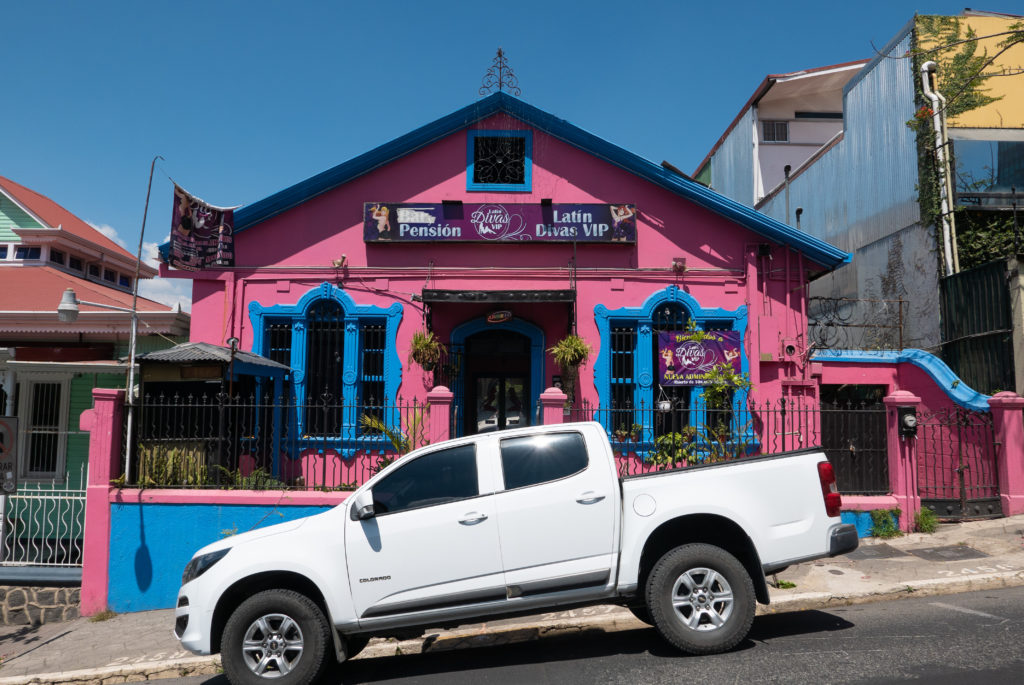

The downtown area of the city is dominated by streets like Calle 4 that are closed to motor vehicles. This makes San José a pleasure to walk. I’d like to see more cities adopt this policy; it changes the pace, the mood, and the texture of the streetscape all for the better. The downtown streets that were closed to traffic seemed more prosperous than the areas that weren’t. Perhaps this is just coincidence, but I don’t think so.
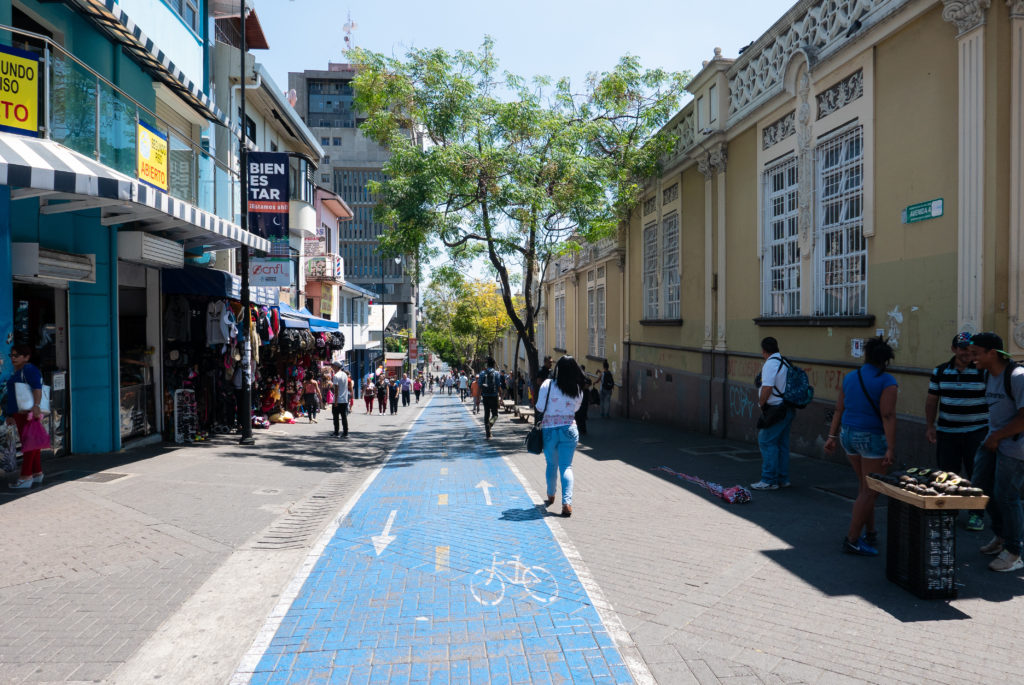
The further away I got from Barrio Amón, the more the architecture looked more Spanish than French.
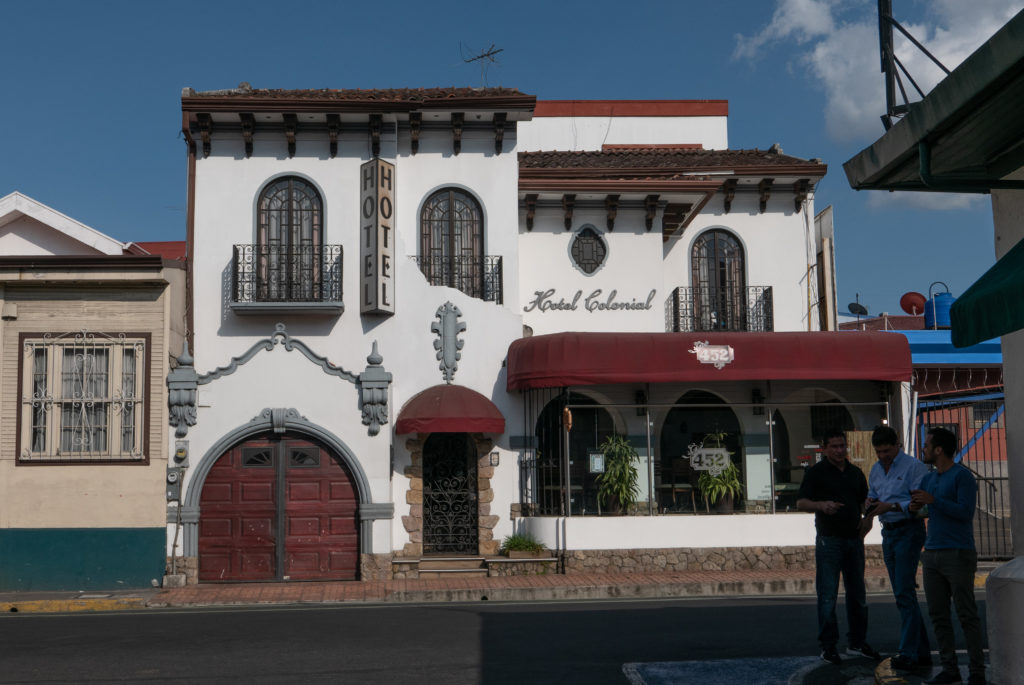
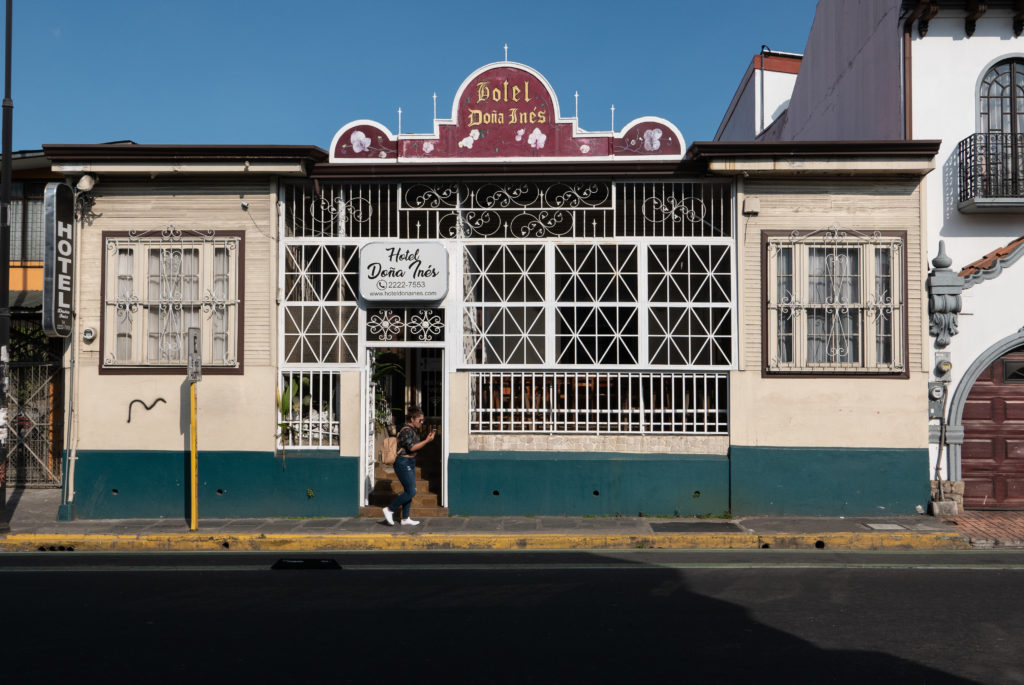
I had only about 48 hours in San José, and almost a third of that was spent sleeping. I told myself that this was just a survey mission designed to assess whether I should spend more time in the city next time I return to Costa Rica. I’ve answered that question in the affirmative.


































Great post, Jim! Such beauty in the history and culture! Great job capturing that in your photos. Very inspired to visit there one day!